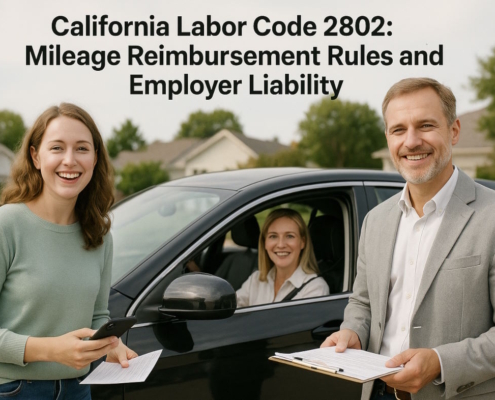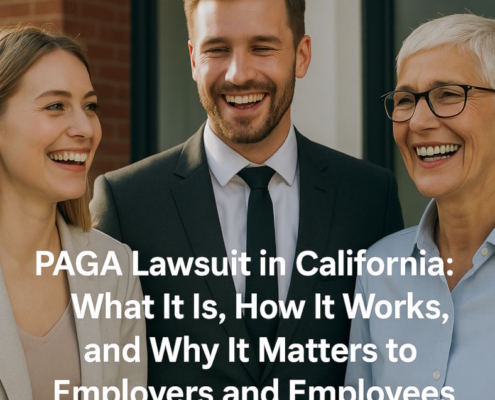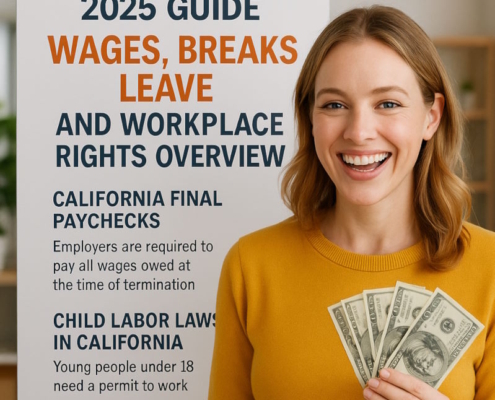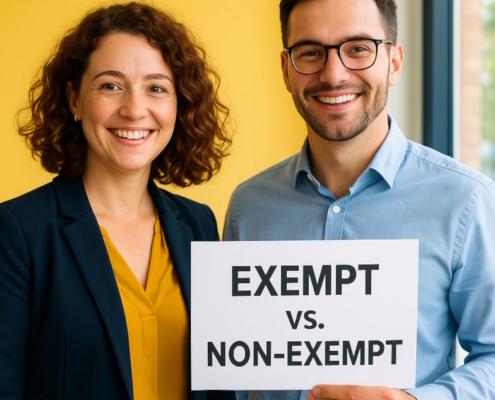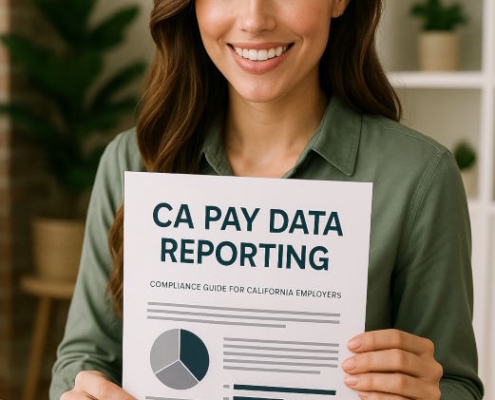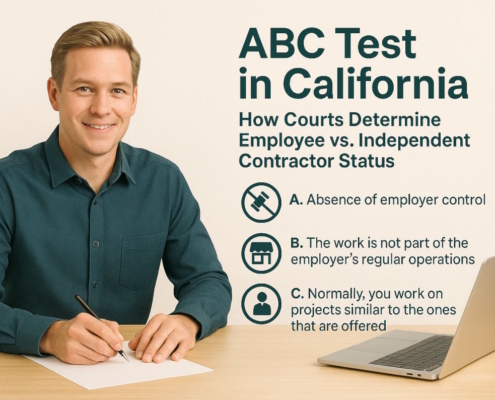Can PAGA Claims Be Arbitrated?
The U.S. Supreme Court clarified on June 15 that companies can compel arbitration of an employee’s individual of an employee’s individual PAGA claim, the non-individual claims should be dismissed.
Author: Brad Nakase, Attorney
Email | Call (888) 600-8654
In California, the Private Attorney General Act, known as PAGA, is a law that permits workers or employees to file claims of labor violations against an employer or former employer. Whether PAGA claims can be arbitrated were litigated and appeal to the California Supreme Court. The workers are essentially acting as private attorneys general, and they may attempt to get civil penalties almost as if they were a state agency. A PAGA claim is a type of qui tam claim, which means that the process and the damages are different than a normal lawsuit. In fact, the PAGA lawsuit does not pursue compensation, but rather functions as a law enforcement action.
The Private Attorney General Act was enacted in 2004, in response to state agencies not being able to effectively ensure that California’s labor laws were being enforced. PAGA allows workers to file a lawsuit on behalf of the state’s attorney general.
In this article, our employment attorney discusses arbitrating PAGA claims as follows:
What Is a PAGA Claim?
If an employer finds that he or she has received a PAGA notice, they are not alone. In fact, thousands of employers in California are on the receiving end of a PAGA letter each year. In the year 2018, there was a record number of PAGA claims filed with the Labor and Workforce Development Agency – almost 6,000, actually, which makes up a 15 percent increase from the year before. The increasing number of claims may come down to the following characteristics that are unique to PAGA:
- The lack of class certification requirements
- The lack of arbitration
- The inability to be waived
PAGA claims come with potentially enormous penalties, which can encourage this kind of representative action. Luckily for employers, there is a simple ten-step process that can help put their companies in the best position to defend against a PAGA claim.
PAGA may be referred to as the “bounty hunter law,” though more formally as the Labor Code Private Attorneys General Act of 2004. This law is actually a series of statutes that is codified in Sections 2698 through 2699.6 of the California Labor Code. The law “authorizes aggrieved employees to file lawsuits to recover civil penalties on behalf of themselves, other employees, and the State of California for Labor Code violations.” When an employee files a lawsuit under PAGA, he or she is acting as the agent or proxy of the Labor and Workforce Development Agency (LWDA), California’s labor law enforcement agency, in punishing Labor Code violations.
Put simply, PAGA allows individuals the right to prosecute Labor Code violations. PAGA encourages this kind of lawsuit by allowing the aggrieved employee to keep 25 percent of any civil penalties applied. The remaining 75 percent of the penalties go to the state.
Prior to filing a PAGA claim, an employee must fulfill certain administrative requirements through the filing of a written notice. This notice must indicate the “specific provisions of [the Labor Code] alleged to have been violated, including the facts and theories to support the alleged violation.” This must be done both online with the LWDA and via certified mail to the employer in question.
Civil penalties under PAGA are nothing to sniff at. Where the Labor Code does not specific a penalty amount, PAGA offers default civil penalties listed at $100 for every employee for each pay period for the first violation. The fine increases to $200 for each subsequent violation. However, case law might argue that PAGA penalties are limited to violations that happen after the PAGA notice. The PAGA penalty exposure for the client can grow by an enormous amount, due to the fact that separate penalties may be applied for each Labor Code violation in the same pay period for the same violation. For instance, if there are 10 employees with 24 pay periods, each denied a meal and rest period, then this equates to almost $95,000 of PAGA penalties. This exposure may be doubled for an employer who pays employees on a weekly basis.
Is PAGA a Type of Class Action Suit?
Class action lawsuits are increasing in number, especially in the state of California within the employment sector. PAGA is indeed a form of wage and hour class action, as it offers current and former employees a way of suing employers for a number of Labor Code violations. Importantly, these groups may file PAGA lawsuits without having to meet tougher requirements for class actions. In fact, class action claims used to get more attention than PAGA claims, but nowadays more and more plaintiffs are making PAGA the focus of their lawsuits.
U.S. Supreme Court Case Decides PAGA Claims Can Be Arbitrated
The U.S. Supreme Court decided in June 2022, in the case Viking River Cruises, Inc. v. Moriana, that California companies can force workers to arbitrate their personal claims under the state’s Private Attorneys General Act, otherwise known as PAGA.
The plaintiff, Moriana, had agreed to a contract of employment that included a required agreement to mediate any legal issue that arose while working for Viking. The agreement also included a waiver that prevented Moriana from filing a PAGA suit. However, Moriana filed a lawsuit against Viking in court via a claim that contained a representative PAGA function. As a result, Viking tried to force Moriana to arbitrate the individual PAGA claim. The Supreme Court was tasked with studying whether Viking’s waiver ordering mandatory arbitration was valid. Viking’s argument was that federal law, under the Federsl Arbitration Act (FAA), overrules California case law, as represented by the case Iskanian v. CLS Transportation Los Angeles, LLC. This case invalidated arbitration agreements that included contractual waivers of the ability to file representative claims.
The Background of the Case
In the Iskanian case, the California Supreme Court decided that company arbitration agreements forcing an employee to sign a waiver not to ever pursue a PAGA claim were against public policy. Therefore, such arbitration agreements were ruled unenforceable. The court in this case argued that the FAA, the federal ruling, did not approve the validity of PAGA waivers because a PAGA action is not a private disagreement between an employer and an employee. Rather, a PAGA action qualifies as a disagreement between the state and the employer. The employee that files the suit is therefore acting on behalf of the state in the way an agency would. The Iskanian court thus thought that a PAGA action fell beyond the FAA’s jurisdiction since the FAA may only address arguments that arise from the agreement between parties.
In the time since this case, courts have refused companies’ attempts to mandate a waiver of PAGA claims via employment mediation agreements. Courts in California have also turned down efforts to divide PAGA claims into representative and individual parts. They argue that plaintiffs in PAGA suits are not looking for individual relief – rather, the State is the interested party.
Viking River Cruises Decides a PAGA Action Has an Individual Component, Which Can Force Arbitration
Viking River Cruises (2022), contrary to Iskanian, disagrees that personal PAGA suits cannot be compelled into arbitration. The court defended this ruling by stating that PAGA’s procedural structure mandates that a worker personally endure violations of the Labor Code prior to being able to serve as the state’s stand-in. When the state of California delegitimizes all agreements to mediate PAGA claims, it is effectively limiting the ability of both parties to figure out the matters open to arbitration, as well as the rules of the mediation. This, the case determined, violates the FAA’s position.
Essentially, California had a strict interpretation of the “joinder”, “non-individual”, and “individual” parts of a PAGA action. This forced parties who had decided to arbitrate single claims to also agree to arbitrate representative parts of a PAGA suit. Such an “indivisibility” rule was seen as noncompliant with the FAA since it forced parties to give up arbitration as a whole.
Conclusion
Viking River Cruises may be viewed as a victory for businesses. The U.S. Supreme Court effectively offered a way for companies to force employees to mediate their individual PAGA actions if they signed legitimate arbitration agreements. That said, we have yet to see how the courts in California will apply or interpret the case.
Meanwhile, employers should discuss with their legal counsel whether or not to provide arbitration waivers and agreements in their employment contracts. They should also study any agreements currently in place to see if there should be any revisions. They should also consider whether to bring up this kind of agreement in existing cases.
Have a quick question? We answered nearly 2000 FAQs.
See all blogs: Business | Corporate | Employment Law
Most recent blogs:
Contact our attorney.


















